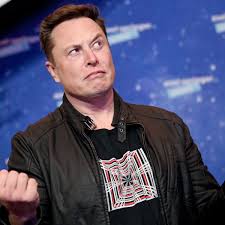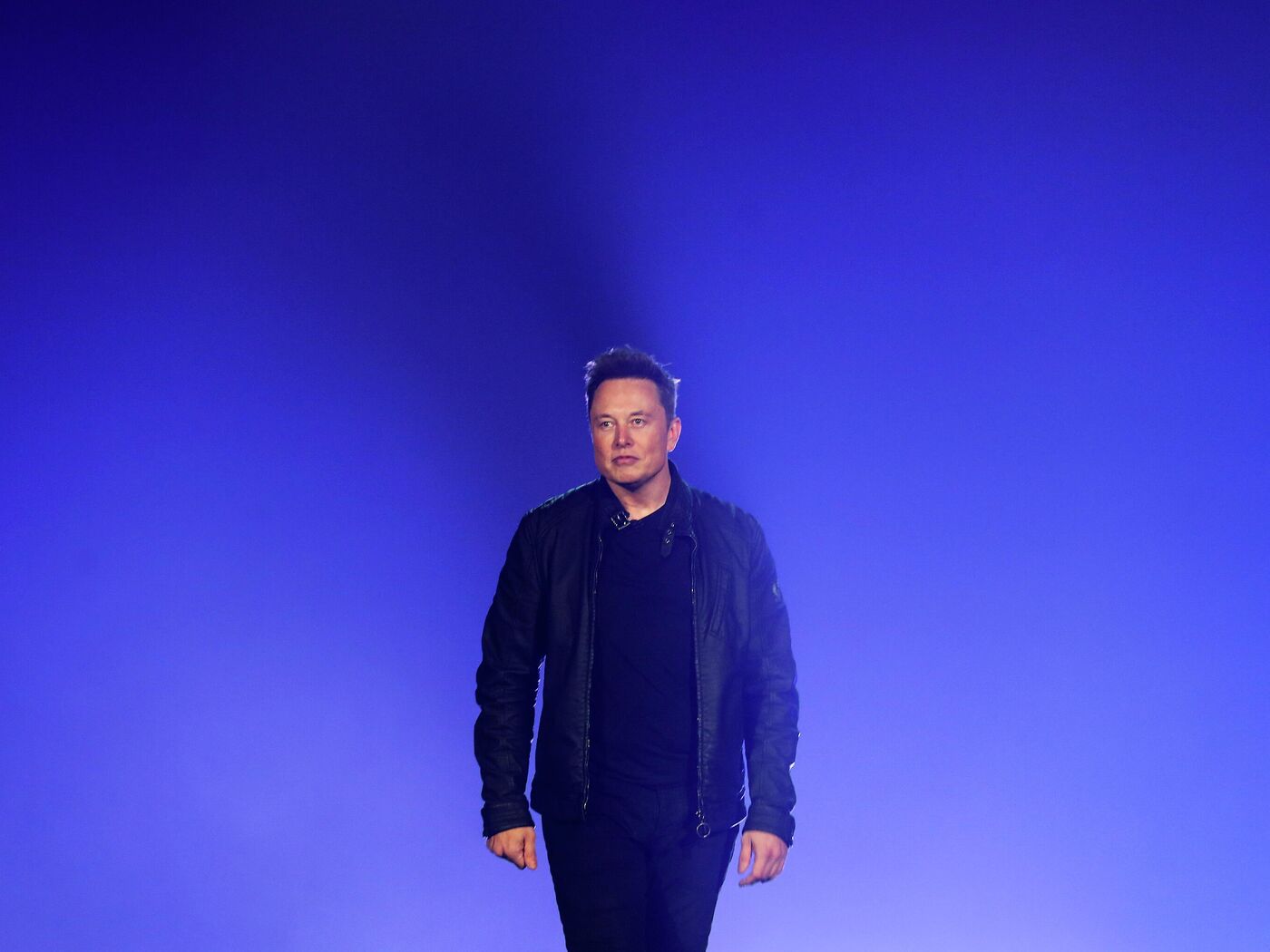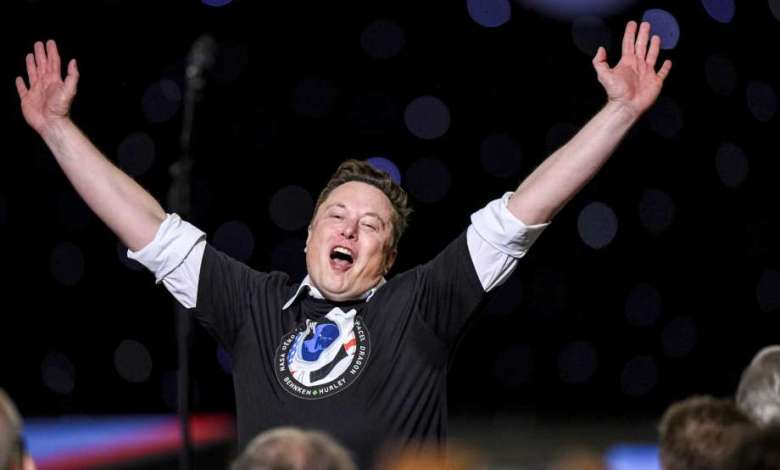Elon Musk’s presence in the satellite communications business is growing, with SpaceX, a company founded by the billionaire entrepreneur, now accounting for just over 60% of the world’s satellite launches this year.

Low Earth orbit satellite constellations already offer faster communications than land-based broadband in some locations. Musk, who is also founder of the world’s biggest electric vehicle maker, Tesla, is investing a great deal of energy into this growing market.
After meeting with Indian Prime Minister Narendra Modi on June 20 during Modi’s visit to the U.S., Musk expressed his desire to begin offering satellite communications in India, saying improved connectivity “can be incredibly helpful” in remote villages with poor broadband access. India has a population of 1.4 billion, but only 2% of its households have high-speed fixed-line internet.
A single SpaceX rocket can carry as many as 60 satellites at once. This year, as of the end of June, the company had already put more than 1,000 satellites in orbit. It now accounts for more than 60% of satellites launched worldwide, according to the data from Jonathan McDowell, an astrophysicist at the Harvard-Smithsonian Center for Astrophysics. SpaceX has sent nearly 5,000 satellites to space since 2019 and has applied for permission to operate a total of 42,000. It has few competitors; its Big Tech rival Amazon plans to launch a prototype satellite later this year.
SEE ALSO

Japan takes lesson from SpaceX in creating next-gen rocket
SpaceX’s Starlink satellites can offer high-speed internet access as they orbit 300 to 600 kilometers above the Earth’s surface, much lower than meteorological and other satellites, which normally operate in an orbit of around 36,000 km. To get internet access, Starlink customers only need to install a 50-by-30 centimeter antenna.
Starlink has grown primarily in the business-to-business segment. Royal Caribbean Group, a U.S. cruise line, and Zipair Tokyo, a Japanese budget airline, are among its corporate customers. Starlink has also played an important role in Ukraine, where many ground communications facilities have been destroyed in Russian attacks.

In terms of speed, Starlink is at least comparable to ground-based services, and is up to 40% faster than ordinary broadband in Britain and twice as fast in Australia, according to Ookla, a U.S. provider of internet speed testing services.
As satellites do away with the need for cables, they have a big advantage in rural villages and remote areas with poor communications infrastructure. The number of satellite broadband users is expected to more than double worldwide, from 71 million people in 2022 to 153 million by 2031, according to Euroconsult, a space industry consultancy.
Wall Street investment bank Morgan Stanley forecasts the global market for satellite communications services will grow thirteenfold between 2020 and 2040, to $95 billion, led by demand from autonomous vehicles. Satellite links are a powerful tool for self-driving cars as they can continuously update software anywhere, according to Adam Jonas, a company analyst.
However, satellite communications are relatively new and not without risk. OneWeb, a British satellite operator, collapsed in 2020 after running into financial difficulties and was rescued by the government.
Even SpaceX is not entirely on solid ground. It has been developing markets while receiving large subsidies from Washington and project orders from NASA. SpaceX President Gwynne Shotwell said Starlink “will make money” in 2023.

While Musk races ahead, Japan is falling far behind, with just 10 to 20 satellites launched a year. “Japan needs to better cooperate with the U.S. and Europe in the telecommunications business, while boosting public-private efforts to promote such promising areas as space debris removal and moon exploration,” said Seiko Shirasaka, a professor at Keio University.





